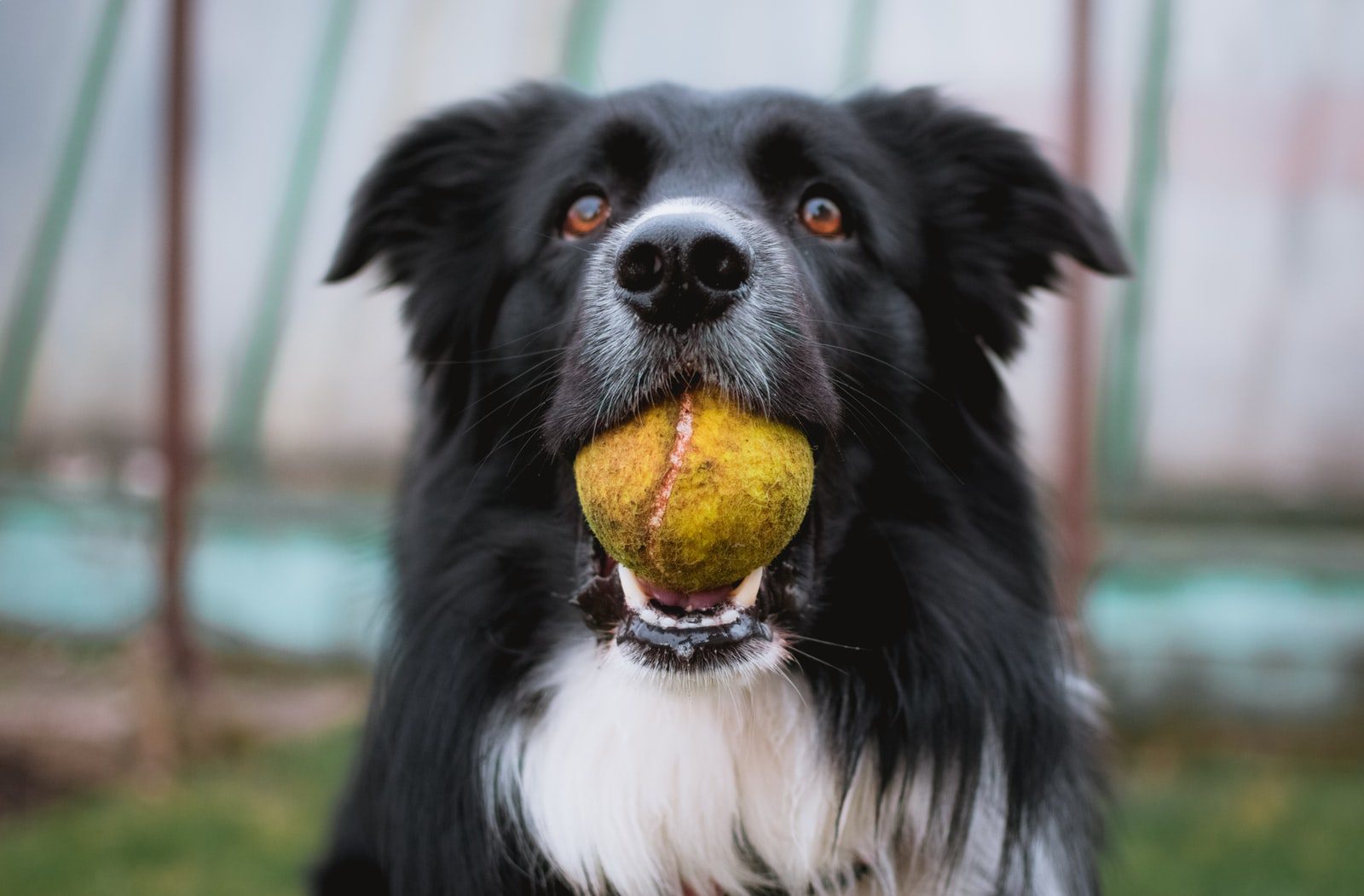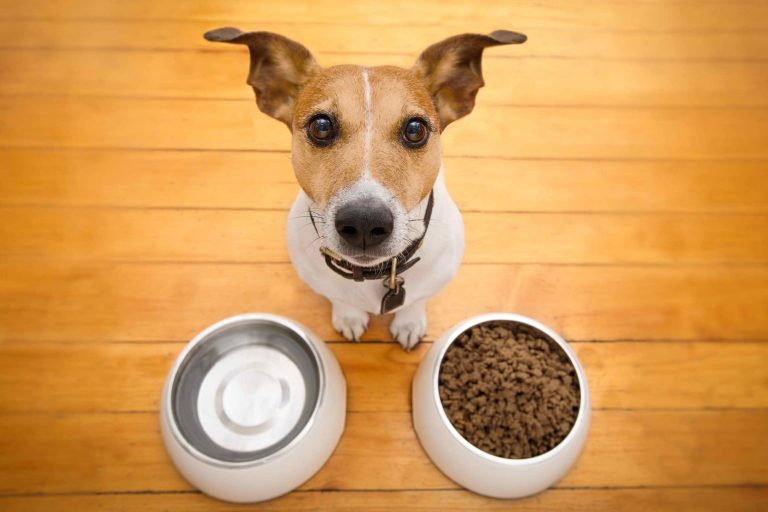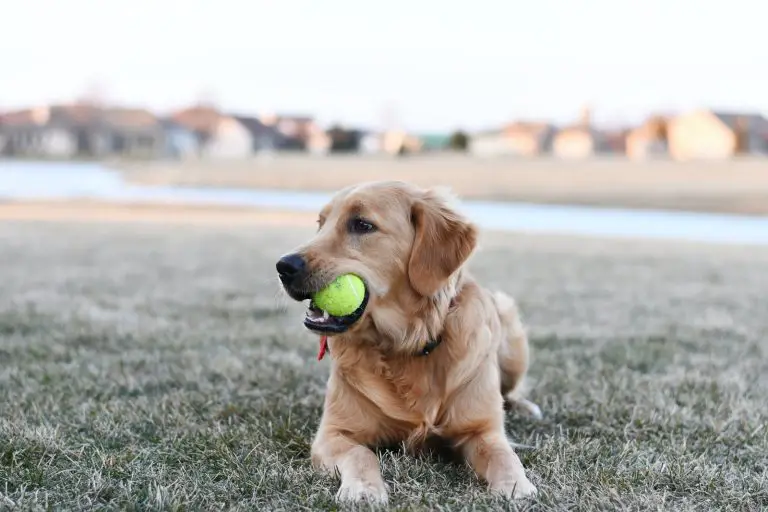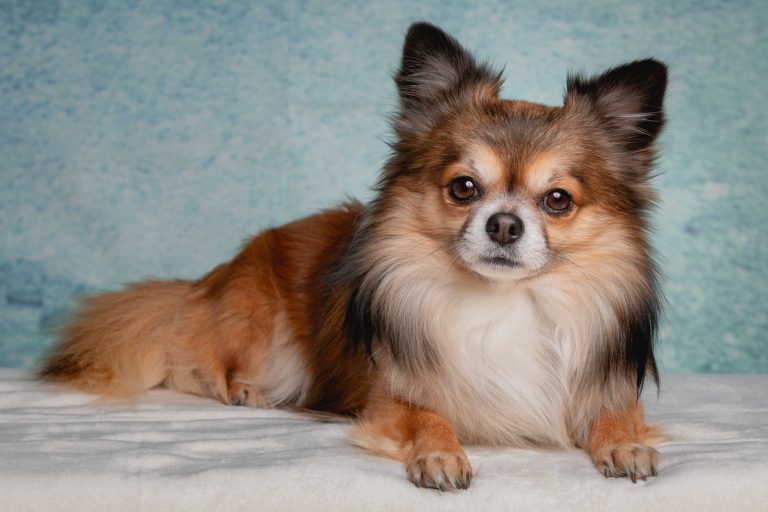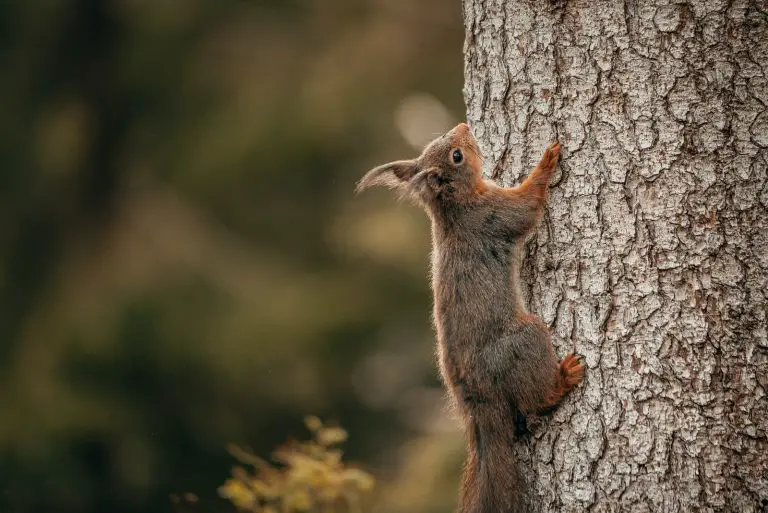Why do dogs love balls is one of the most frequently asked questions by dog owners.
When it comes to playing, though, most dog breeds get excited at the mere mention of the word ‘ball.’ Playing fetch is among the most enjoyable experiences for both you and your dog.
However, there’s a clear difference between enthusiasm and obsession. If your dog wants to play with a ball all the time, it’s probably obsessed with it. Numerous signs determine how fascinated your dog is with a ball.
If it’s an obsession, there is a step-by-step process to overcome. Yet, in worse-case scenarios, your dog will never be able to get rid of ball obsession, so you will have to live with it.
Continue reading this blog post to find out why do dogs love balls and what to do when you dog becomes obsessed with a particular.
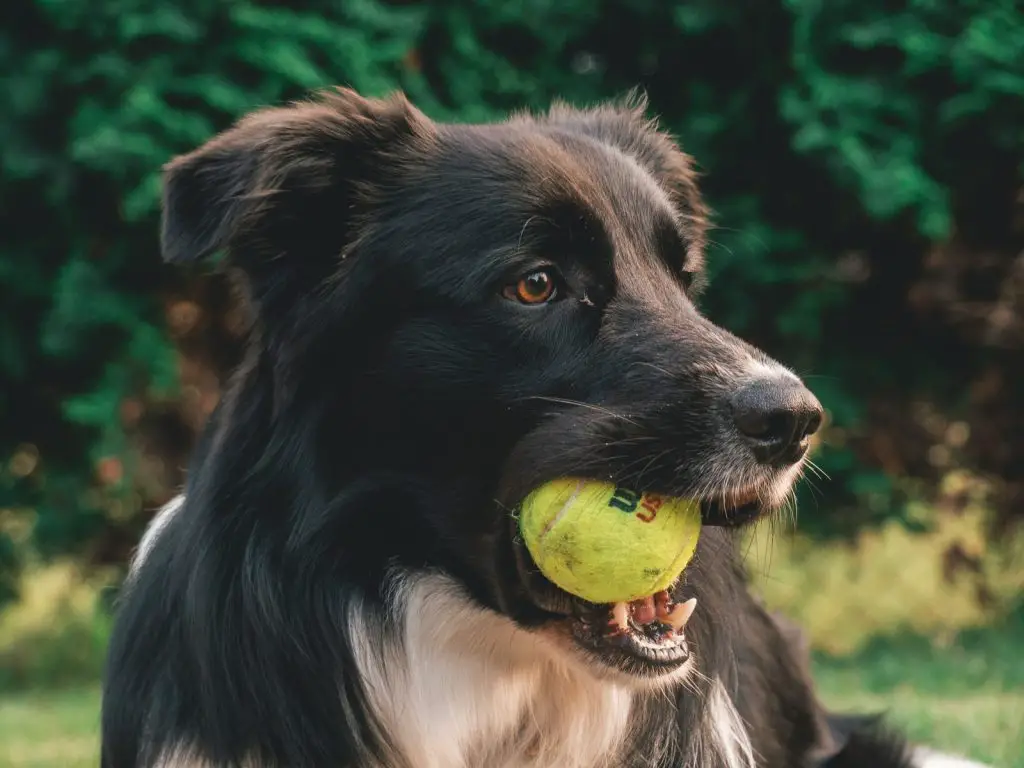
Why Can Ball Obsession Be a Serious Problem?
Ball obsession usually occurs when your dog spends the day thinking about when it will get to play with the ball. If your dog displays compulsive behavior by repeatedly performing one action over and over such that it starts interfering with its healthy life, it can be dangerous. Here are some ways to clarify the point:
- As the obsession aggravates, your dog can become so fixated on the ball that it might go out on the street and run into vehicles or other obstacles on the road.
- If your dog becomes exceptionally possessive, it might start misbehaving or even harm a child or another dog that tries to get the ball.
- If you don’t intervene or take necessary actions to tone down your dog’s ball obsession, your dog may run into exhaustion as it won’t be taking breaks for sleep and water.
- It might harm your relationship with the dog. If it’s not about fetch, your dog may even start ignoring you when it’s engaged with a ball. Depending on the bond, it can be agonizing to know that your otherwise obedient dog suddenly goes deaf to your commands.
- The dog will stop socializing, playing, or running with other dogs.
Besides general issues, a tennis ball obsession can be even more detrimental for your dog. These soft, brightly colored balls seem to be perfect for dogs, but they’re made of highly abrasive fiber.
If your dog plays with them continuously, it can wear its teeth down by middle age or even have no teeth left when it grows into a senior. Dog owners should never get a tennis ball in the first place.
While rubber balls are safer than fuzzy tennis balls, they’re not danger-free. There have been cases when rubber balls made from toxic materials proved fatal for the dogs. It is thus imperative to look for rubber balls that are composed of food-safe and non-toxic materials.
Since the general safety ratings for Chinese products are typically low, you should be even more cautious when considering Chinese balls. The most responsible dog owners wouldn’t also consider Chinese-made products.
Even if the rubber used in a ball is food-safe, it can still be dangerous if your dog is obsessed with it. Always holding it in the mouth means rubber particles will erode against its teeth and seep into the throat. This repeated inflow of non-edible particles can adversely affect your dog’s health.
Regardless of the ball type, it’s true that it blocks your dog’s airway. This is another alarming factor ridiculing ball obsession.
During the exercise, carrying a ball in its mouth drastically reduces its cooling capacity because dogs have a primitive air cooling system, and they don’t sweat.
Therefore, you should not just focus on ball material but also look for one that won’t obstruct its airway. There are many companies out there that offer sturdy plastic balls with holes.
Anyhow, even if you consider an opaque ball, never allow your dog to develop an obsession so it can easily breathe.
One of the most daunting issues associated with your ball obsession is that it can cause your dog to develop inflamed and tight temporal-mandibular muscles. The more obsessed your dog is with a ball, the more frequently it will carry it in the mouth. The degree of chronic muscle inflammation will depend on the size of your dog’s mouth as well as the intensity of your dog’s ball obsession.
Tightness and inflammation of muscles reduce energy flow to critical areas, which results in further health issues. It’s often true that a surprisingly high number of oral tumors are diagnosed for dogs that retrieve balls.
Due to the problems discussed above, it is imperative to take reconciliatory steps to end your dog’s obsession with balls. However, before we look into how you can manage your dog’s ball obsession, it is essential to understand the root cause of this behavior.
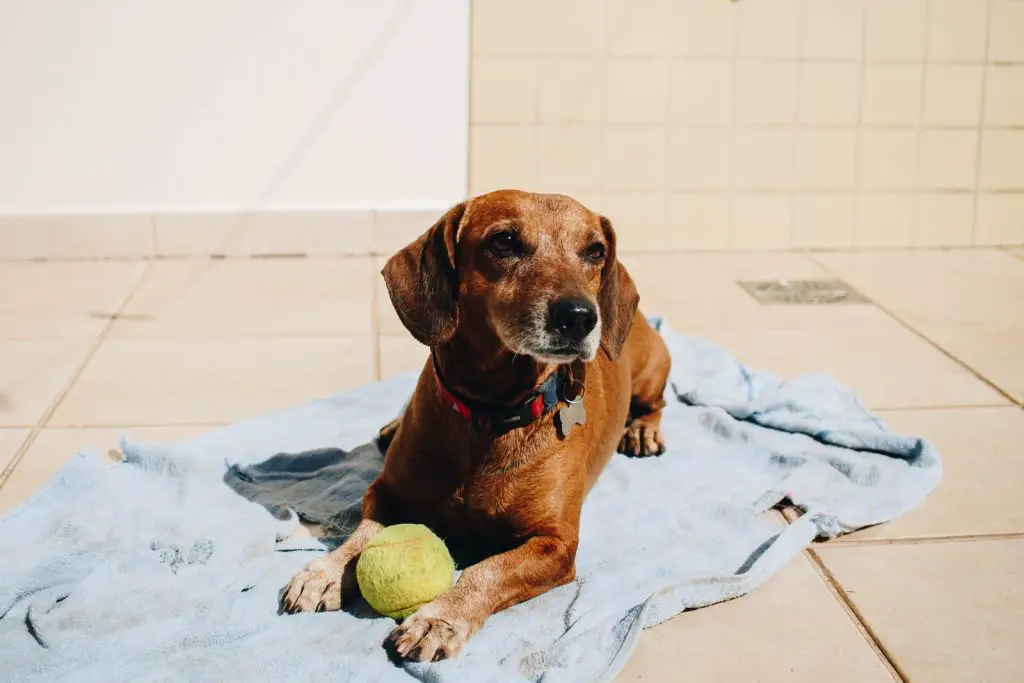
What is the Root Cause for Dog’s Love for Balls?
In order to differentiate between love and obsession, we need to find the root cause behind why do dogs love balls.
Every animal has a way to uphold itself throughout its life. When it comes to dogs, they have a strong tendency or temptation to chase things. Historically, dogs were often used for hunting purposes. They were trained to chase the prey, grab it, and bring it back to the owner. Other people used to protect themselves or their animals by tracking any dangers, which is still a practice.
Those past actions or functions evolved dogs into the breeds we have today. Their recent actions, movements, motives, and desires have ingrained into their very identity. While balls are not rabbits, the act of chasing and retrieving them replicates the dog’s past hunting practices.
In a dog’s eyes, a ball has no intrinsic value, but what makes it exciting is that it is fast, can be chased, and can be easily spotted and fit its mouth. This is why playing fetch with a ball proves enjoyable for dogs.
However, you should never allow this instinct to develop into a ball obsession. To exercise the dog, many people encourage their dogs to chase the ball mindlessly for hours, which inevitably results in a ball obsession. In other words, it’s usually the dog owners who act unreasonably to program their dogs for it.
A dog does what its biology tells it to do. When you engage your dog into a never-ending chase drive, you’re inducing a drug-like experience into them, allowing the constant release of endorphins that make them feel good.
This results in addiction or obsession such that your dog will want to act out repeatedly despite you trying to stop it, hiding the ball, ignoring them or shouting at them.
All this doesn’t mean you shouldn’t allow your dog to play fetch with a ball. For dogs, playing fetch is like a biological need, too, that features an excellent exercise for dogs as well as a tremendous opportunity for owners to strengthen their bonds with them.
Thus, how should a dog owner fulfill this biological need but also understand and know when it’s time to stop? More importantly, what should you do if your dog is already obsessed with balls?
Watch the video below on why do dogs love balls and find out more about how to cure a dog’s obsession with a tennis ball or any other type of ball.
How to Manage a Dog Obsessed with a Ball?
Managing your ball-obsessed dog goes back to the golden rule dog training: taking charge of your dog. It is possible to end your dog’s ball obsession by investing sufficient time and attention to coaching. Here are some tips for managing a ball-obsessed dog:
A dog with a ball obsession can cause a great deal of stress for its owner. Getting too much worried over your dog’s obsessive behavior will not help in any way and may even cause further strain in your relationship with the pet.
Controlling your anxiety levels is just as important as trying to control those of your dog. Understand that you will be more helpful in improving your dog’s situation by keeping yourself calm.
Your dog might be ignoring you, misbehaving with you, or becoming destructive because it’s not getting sufficient exercise. This has nothing to do with its obsession with a ball. Their energy needs to burn some way or the other. Ensuring plenty of exercise for your dog might bring improvements in its behavior as tired dogs are calmer.
To find out whether your dog is obsessed with its ball, look for physical signs of ball obsession. Here are some common signs to look out for:
- As soon as the ball is out, your dog moves into a trance-like state with a tense body and eyes fixated on the ball and only the ball and becomes oblivious of everything else.
- No matter what reward you offer, such as treats, praise, walks, etc., you can’t distract it when it’s playing with a ball.
- It turns possessive towards the ball and snaps or growls at other dogs or people who try to take it.
- It turns destructive or demonstrates signs of anxiety such as panting or drooling when the ball gets out of reach or when it brings it to you, and you don’t throw it.
If you experience one or more of the signs stated above, your dog is probably obsessed with its ball. If your dog happens to be ball-crazy, start by creating a routine for ball play.
Schedule a time for it to teach your dog that it’s a guaranteed part of the day, but for a limited time interval. Your dog is more likely to get anxious and worked up if it doesn’t know when it will get to play with its beloved ball. Scheduling it will lessen its panic, and they will be less likely to turn destructive.
When it’s not playtime, keep the ball out of sight and reach of your dog. For instance, if you play ball-fetch with your dog outdoors, keep it outside when you return home. Whatever you do, make it a point to keep in completely hidden from your dog.
Right before the playtime, take your dog on a walk or schedule any other exercise. This will expend any pent-up energy so that your dog is less frenzied when it plays with the ball.
Another strategy that relies on diminishing your dog’s energy levels is to use a buy and start using a ball chucker when playing ball-fetch. This will allow you to throw the ball three times farther than by hand, which means that your dog will exercise more in a shorter time. The more tired your dog gets, the more likely it is to obey your ‘stop’ command.
You’ve probably tried this earlier but with no results. That’s because you did not set a routine for ball play. Now that you’ve created a routine for the game and your dog starts to recognize the time for play, think of a command to use when you want your dog to end the day’s play.
Whatever command you choose, such as “that’s enough” or “all done,” be sure to use the same every day so that your dog knows what you want from it.
Because your dog knows that it will get to play with the ball at this time the next day, it should happily listen to your command and immediately stop playing.
Often, there is only one type of ball that a dog is obsessed with. If that sounds like your dog, an effective strategy is to introduce different balls with varying sizes, materials, and textures. If you play ball-fetch with your dog, keep switching the balls to break the pattern of fixating on one ball.
For serious obsessive-compulsive tendencies that can lead to psychological issues for your dog, you should consult a veterinarian or a canine behaviorist. Not only will they provide necessary treatment, but also guide you on how you should go about handling your dog, both indoors and outdoors. However, this is only required in extreme compulsive cases that are hardly seen.
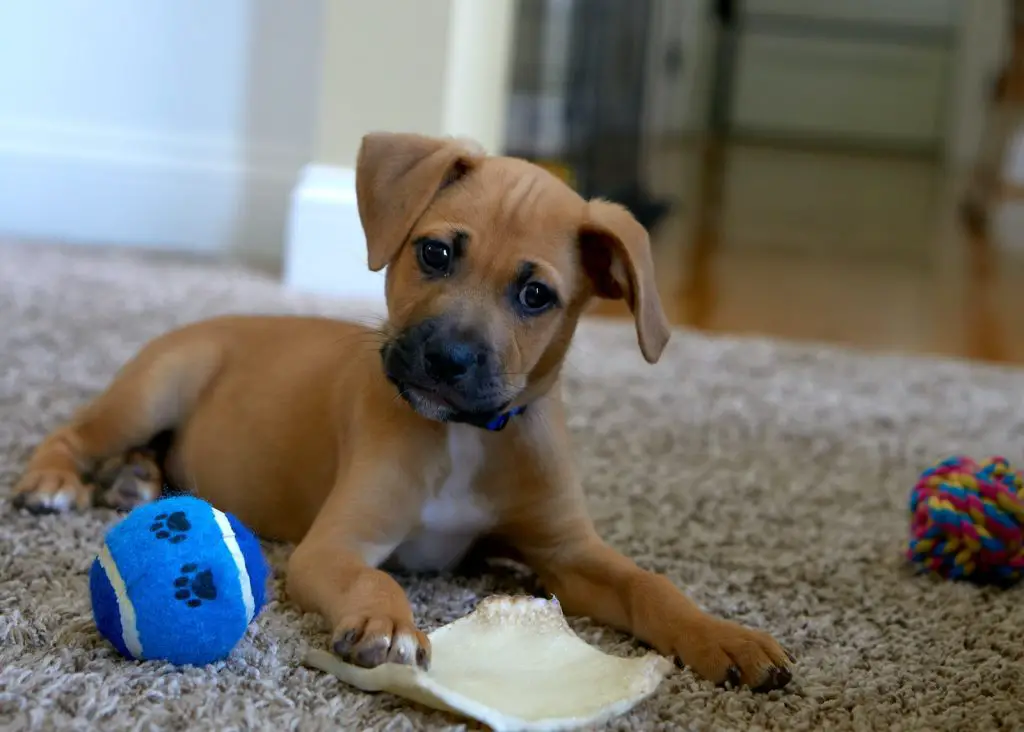
View the Positives of Your Dog’s Obsession with a Ball
Not everything can be viewed negatively when trying to answer why do dogs love balls.
In some extreme cases, it is also possible that your dog’s drive to chase and retrieve continues forever. If that’s the case, nothing you do will change the behavior, so learn to accept it.
What you can instead do is view the positives of your dog’s ball obsession. For instance, think that your dog will never leave you as long as you have a ball. Plus, many people want to play fetch with a ball for exercise, but their dogs don’t like balls. Consider yourself lucky that your dog loves balls.
Also, you can use your dog’s obsession with your advantage. You know that your dog will do just about anything to get a ball. Use this weakness to train him on anything you want.
Final Words on Why Do Dogs Love Balls
The magical bond created between you and your dog is undoubtedly rewarding. You develop a strong life-time connection over time as it stares at you, cuddles with you and plays with you. In developing this relationship, the time you spend playing with your dog contributes a great deal to strengthen this connection.
When it comes to owning dogs, you should always make sure that your dog recognizes and accepts you as a leader. If you allow them to take charge in the beginning, they will eventually slip out of hands and make life miserable for you, especially when they grow into adult dogs.
The same can happen during playtime. Always make sure that you play with your dog on your terms. This means that no matter what, the ball or a toy should always come from you. Not from your dog.
For example, if your dog knows where its favorite ball is, it will easily be able to get it. Then, it will keep on grabbing and dropping it on people’s feet and push it at them when they visit you. Everything seems okay until it goes on and on with the same act. Your guests will eventually become uncomfortable want to get out of your place.
To prevent this, you need to limit your dog’s access to such items. If you don’t take this seriously, your dog may go on to develop an obsession with the ball or the toy it likes the most.
The ball should only come out during playtime, and your dog should immediately leave the ball when you issue the ending command. But do reward it for submissive behavior.
So, there you have it. A complete comprehensive guide on why do dogs love balls.

